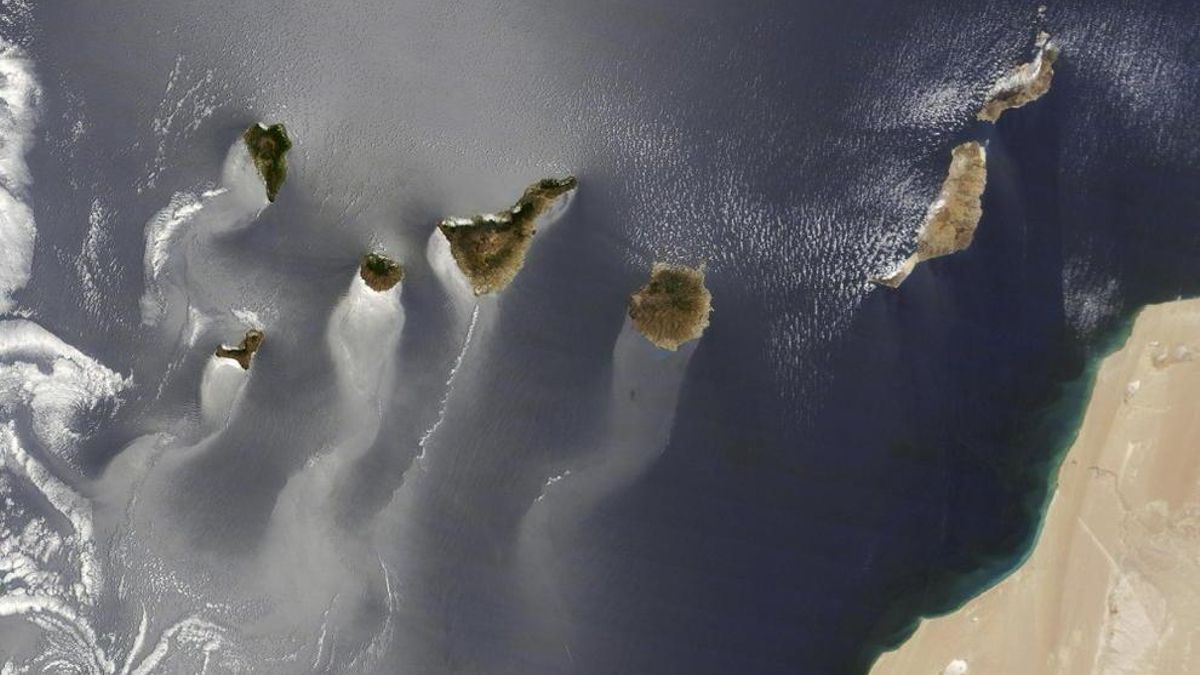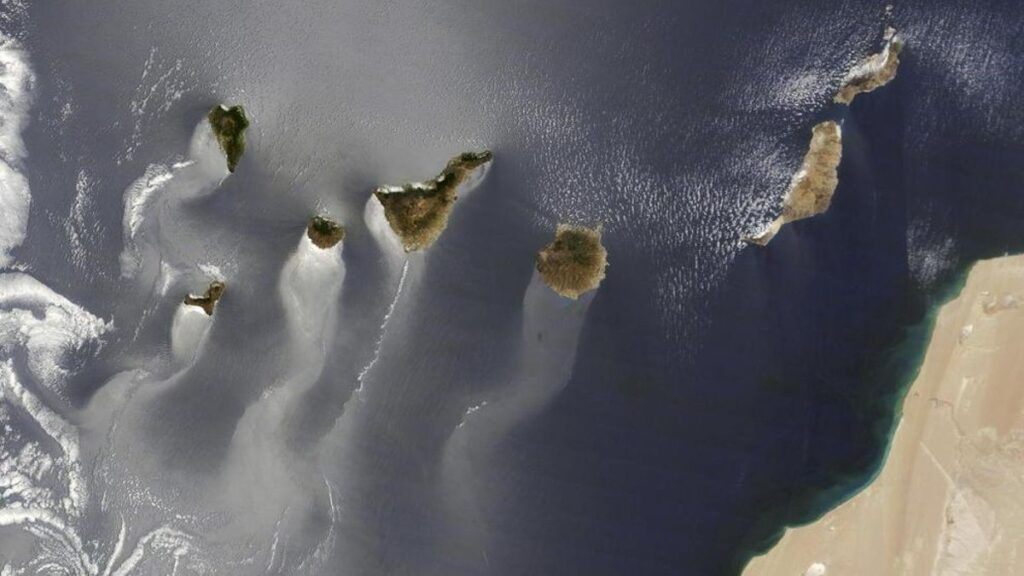Tenerife’s Pioneering Satellite Project
In a landmark move for the Canary Islands, the Tenerife Island Council (Cabildo de Tenerife) announced this Wednesday the tender for the “Constelación Islas Canarias” project. This ambitious initiative, developed in collaboration with the Instituto de Astrofísica de Canarias (IAC), involves eight satellites designed, manufactured, and launched from the island itself. With an approximate cost of €21.3 million, this project will establish a 24/7, 365-days-a-year surveillance system, as confirmed in an official government release.
A Major Leap in Security and Innovation
The island corporation explained that while it had previously collaborated through the ITER and the IAC on the DRAGO satellites, this new constellation represents a far more ambitious protective measure. Island President Rosa Dávila stated that this project “constitutes a cutting-edge and decisive advancement to complete Tenerife’s security.” She emphasized the unique nature of this endeavor, noting that the entire process—from design and fabrication to launch, operations, and image acquisition—will be conducted from Tenerife.
Comprehensive Environmental Monitoring
The continuous monitoring of the territory will provide daily updated information on all kinds of relevant variables. This data is crucial for accurately assessing the effects of climate change and for optimizing the management of forest, agricultural, water, and urban resources. The total budget, estimated at €21,343,236.50, will be spread over six years, coming into effect in the budgets from 2026 to 2031.
Advanced Satellite Technology
According to the island institution, the main features of the project include the mission design and the technical proposal for both the space and ground segments. Each satellite will be able to equip up to three observational payloads: one camera in the visible and near-infrared spectrum (VNIR), another in the short-wave infrared (SWIR), and a third in the thermal infrared (TIR).
The DRAGO-3 Hyperspectral Camera
Among these instruments, the DRAGO-3 hyperspectral camera stands out. Developed by the IAC in collaboration with the Cabildo as the successor to the “highly successful” DRAGO-1 and DRAGO-2, this new sensor will act as one of the constellation’s “eyes,” capable of capturing high-precision images. This powerful tool will also be instrumental in preventing and responding to emergency situations caused by both natural and anthropogenic risks.
Positioning Tenerife as a Tech Developer
The development, led by the area of Innovation as part of its aerospace strategy, places Tenerife in a privileged position. Councillor Juan José Martínez stated that it positions the island “not only as users, but as developers of space technology.” He added that “this project contributes to a change in the productive model, generating qualified employment, attracting investment, and betting on Canarian talent.” This initiative is perfectly aligned with the Cabildo’s commitment to diversifying the island’s economy towards high value-added sectors.


